Peru: Iquitos
Objavljeno: 25.08.2018
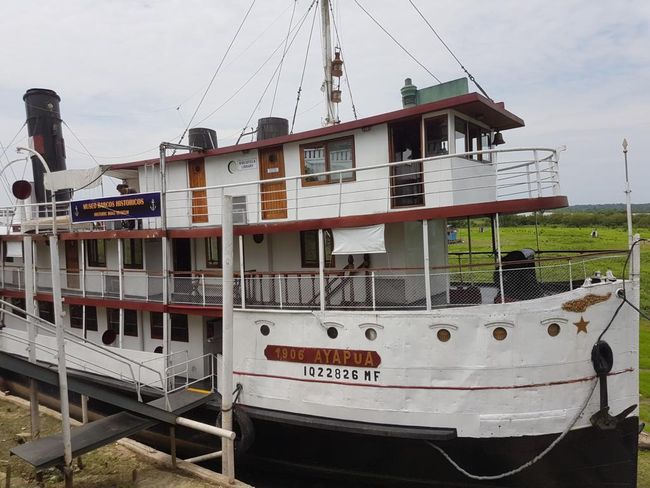
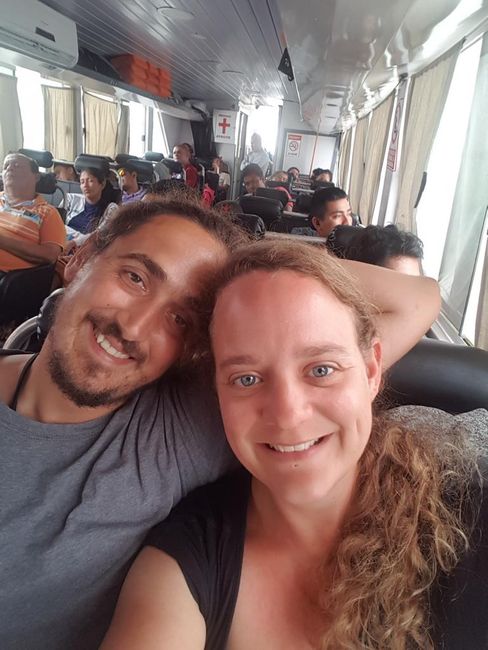
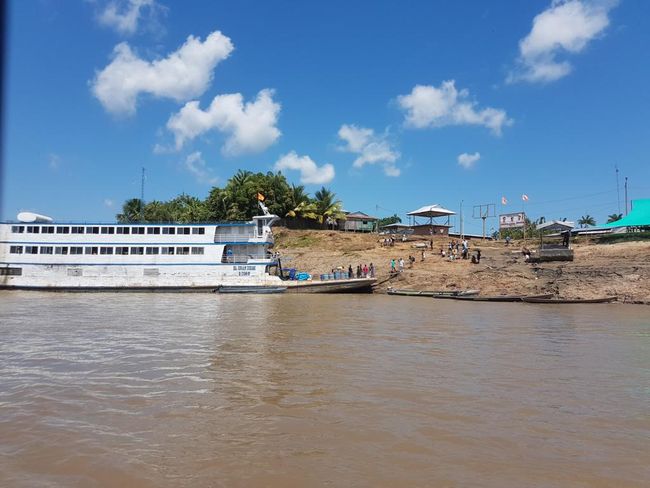
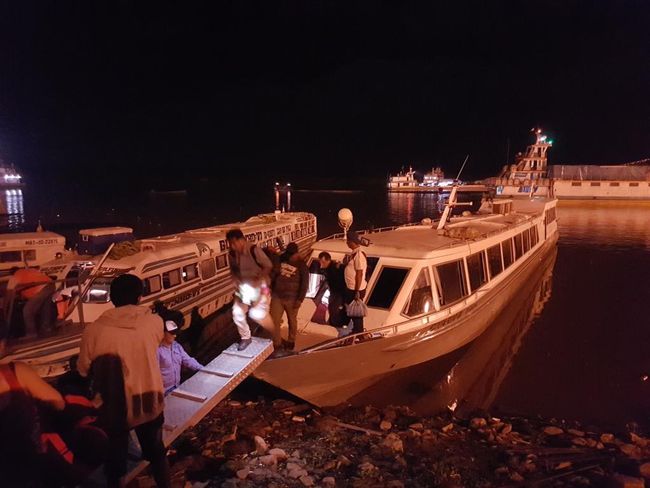
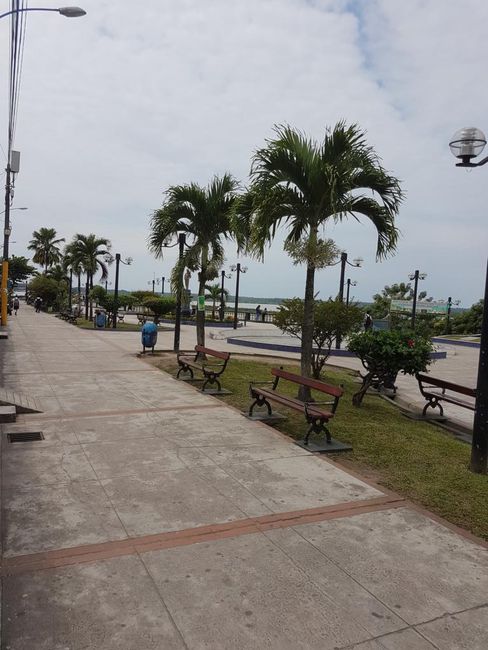
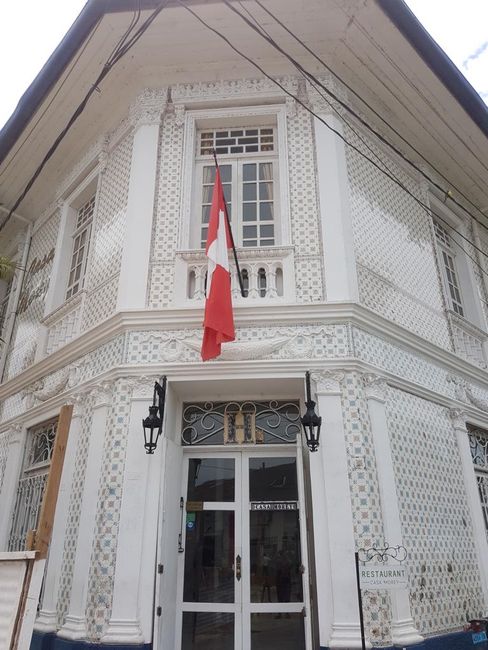
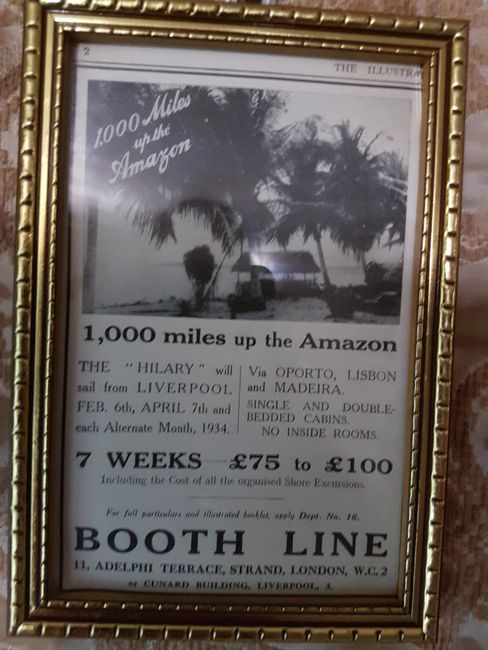
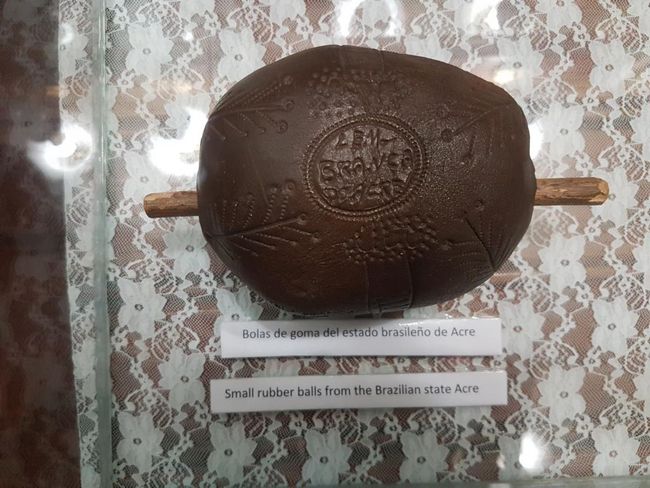
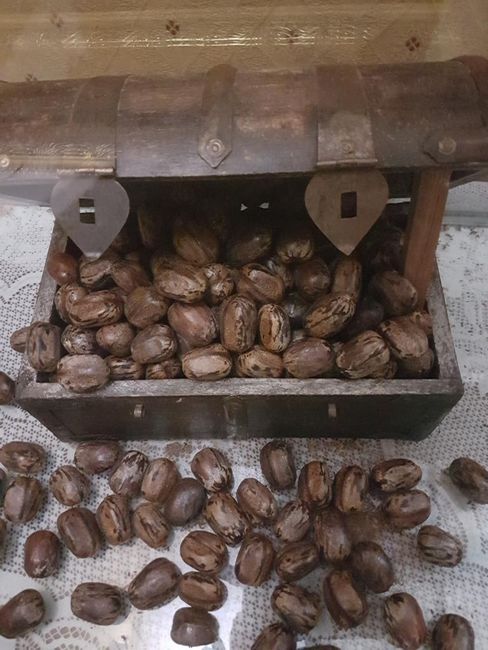
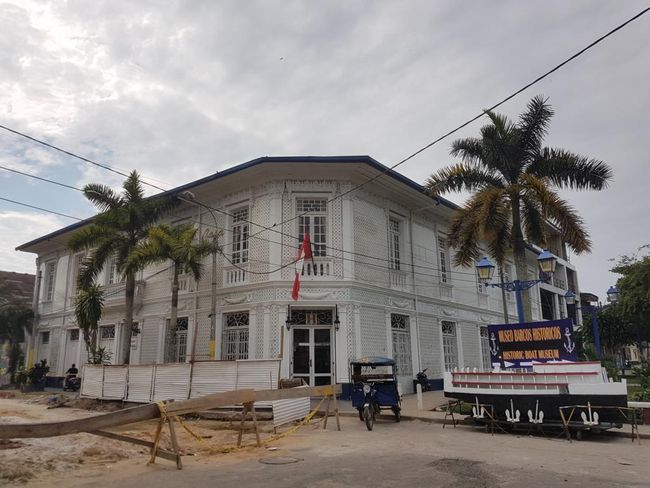
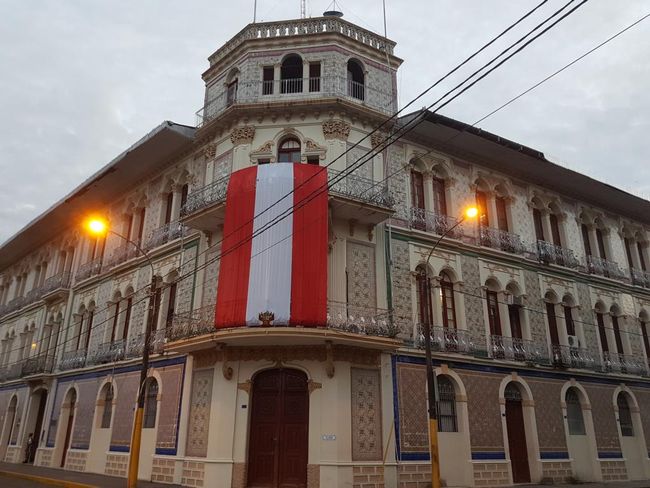
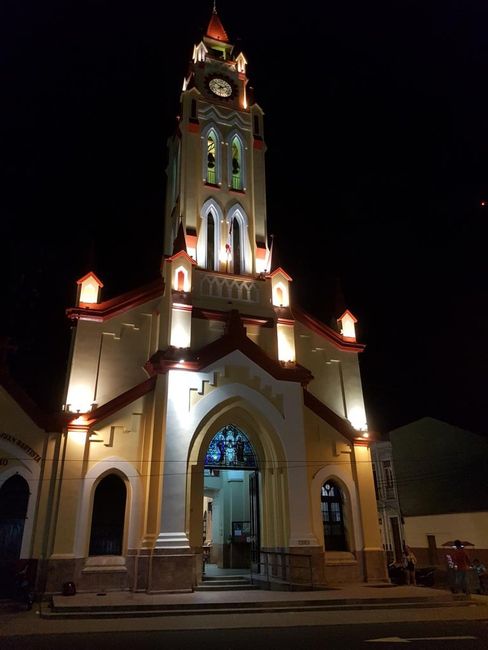
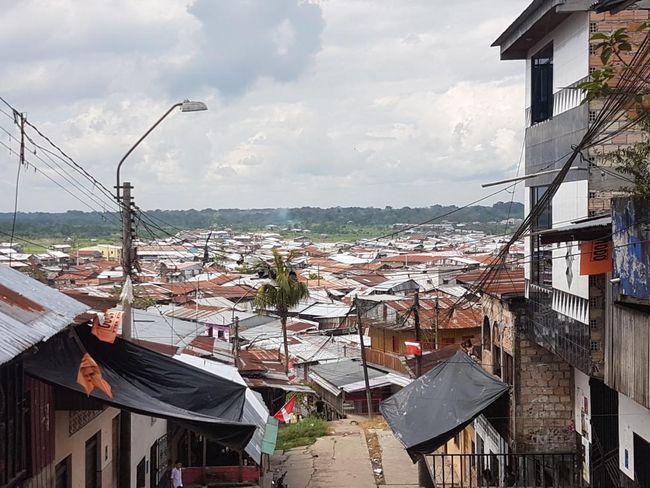
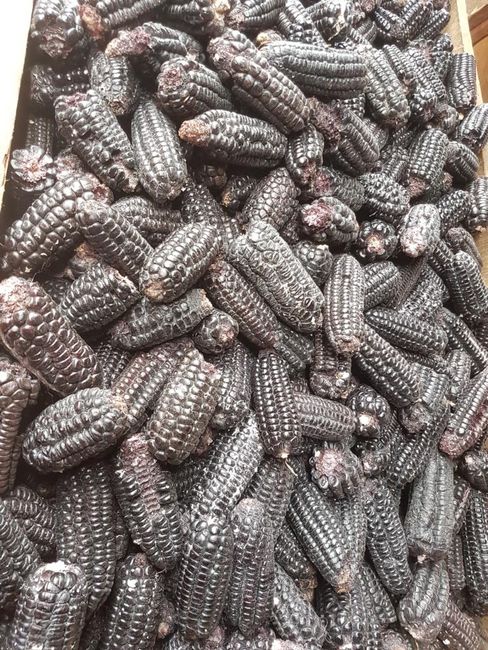
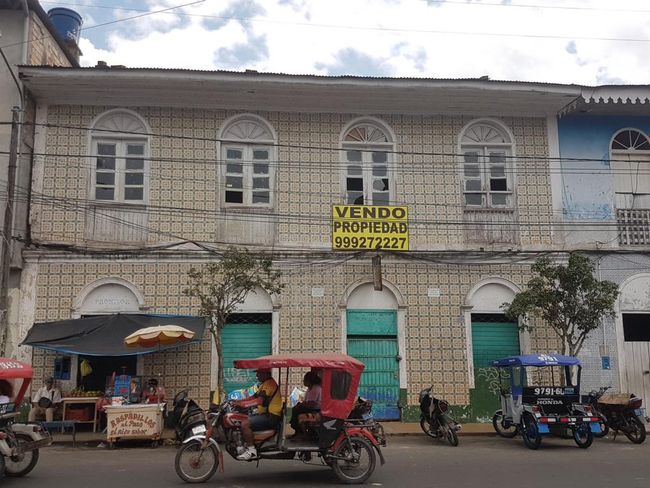
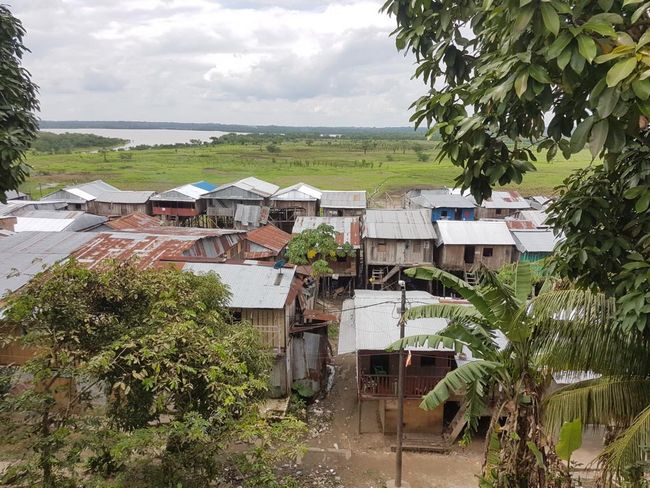
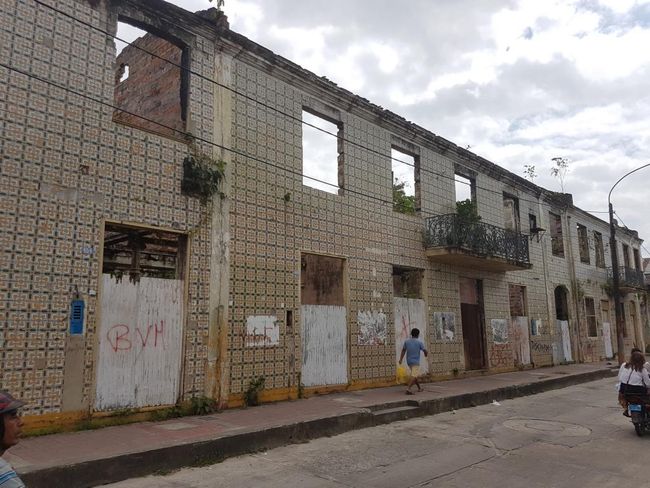
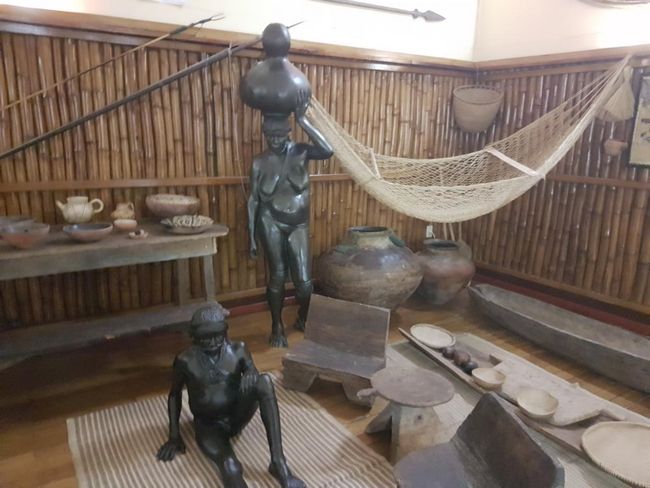
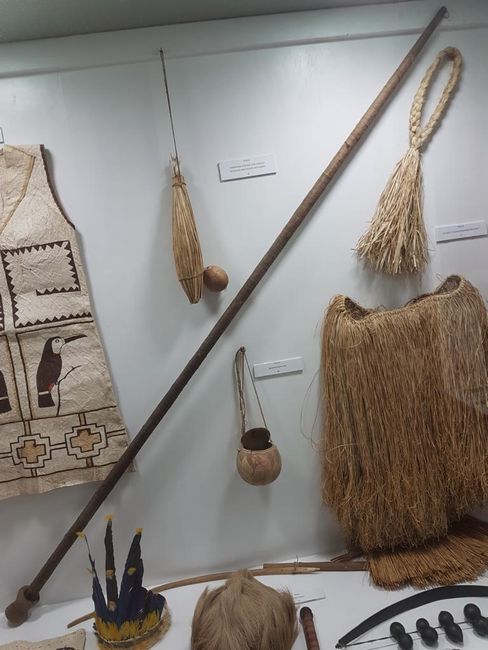
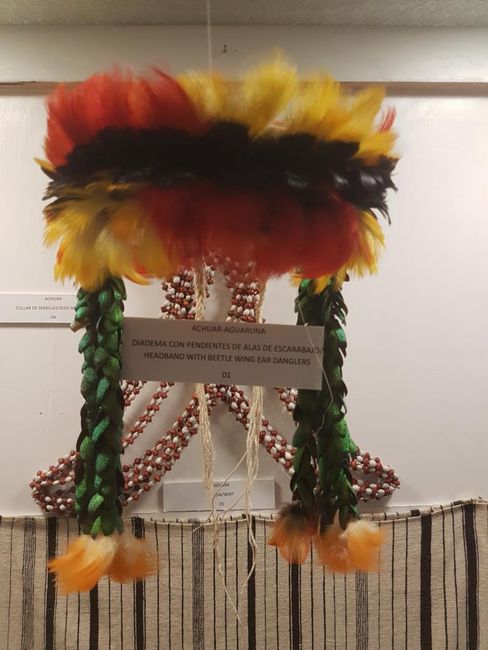
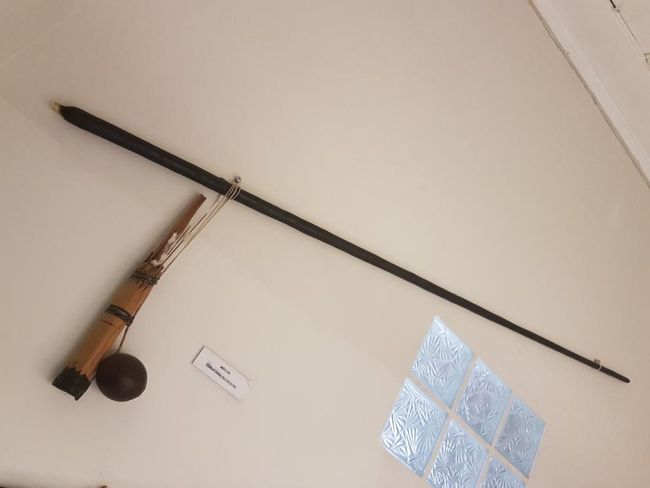
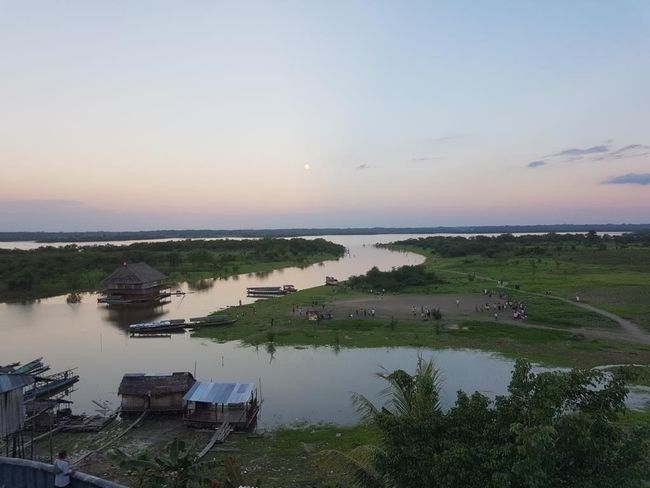
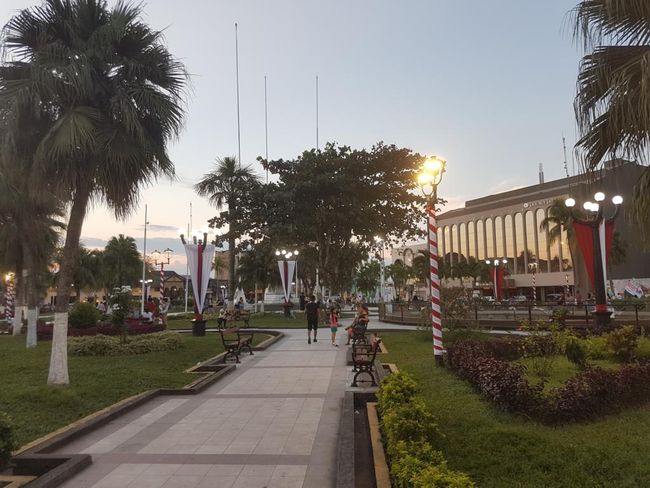
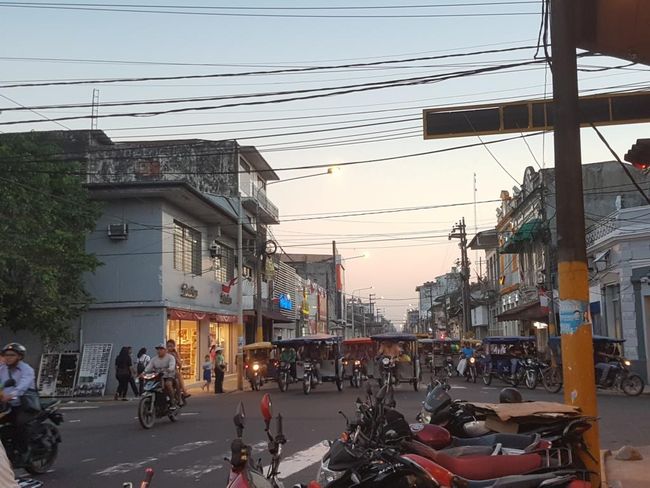
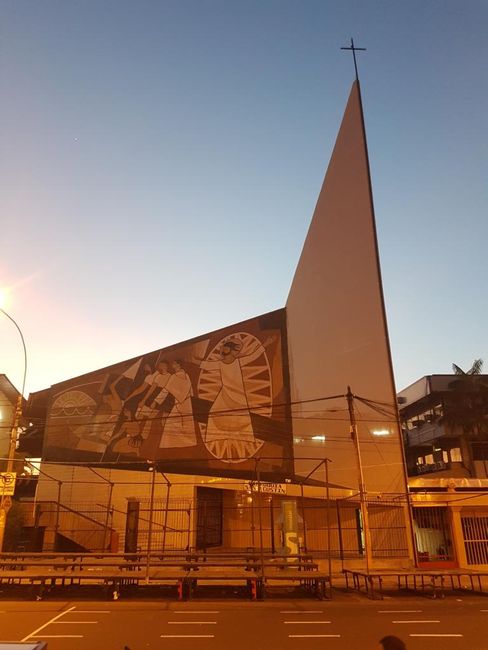
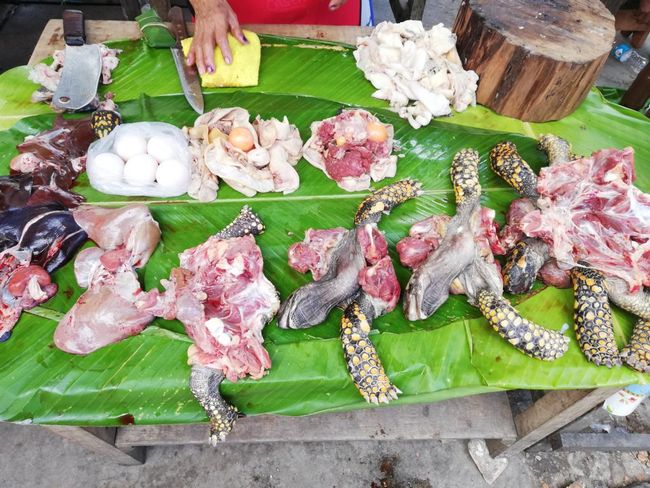
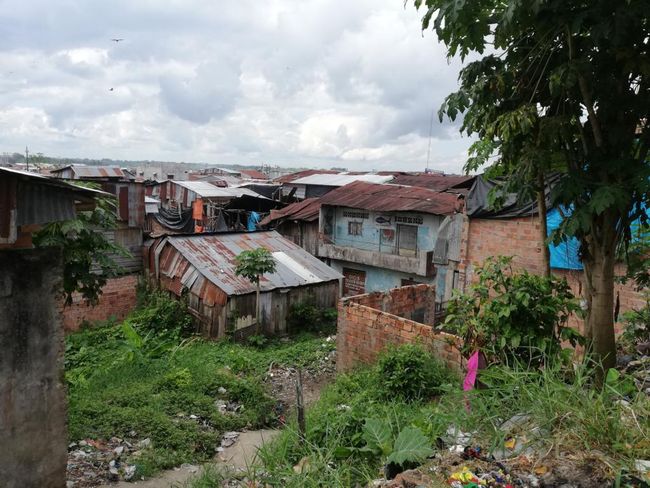
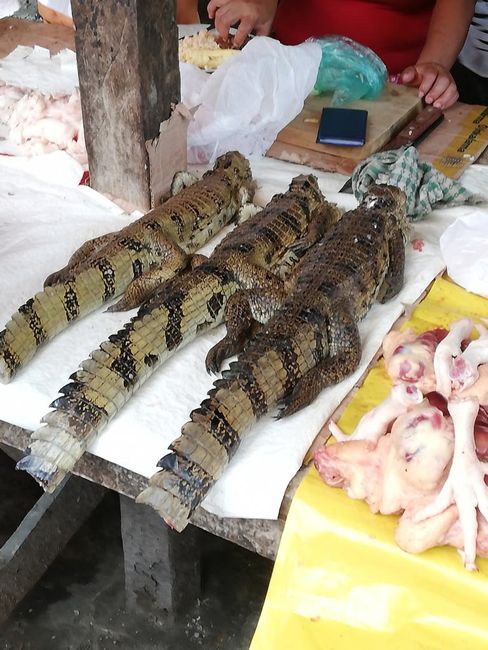
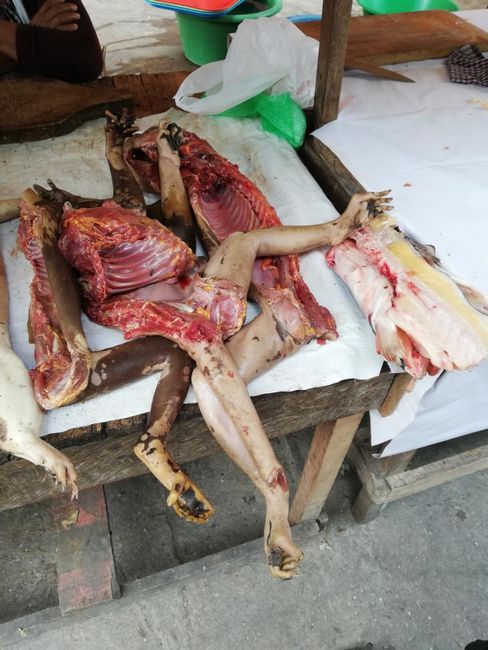
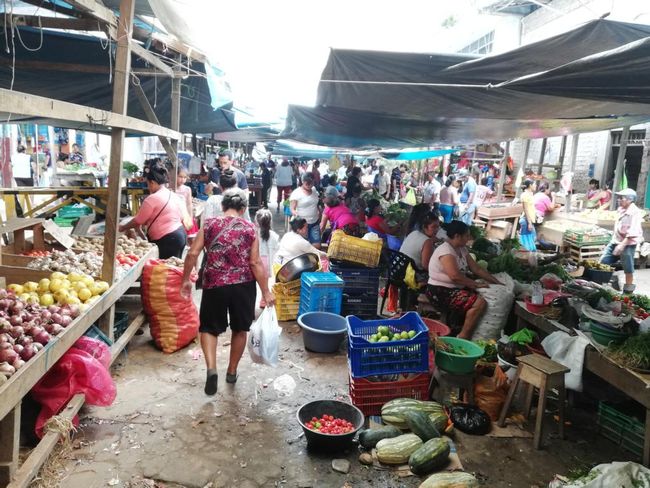
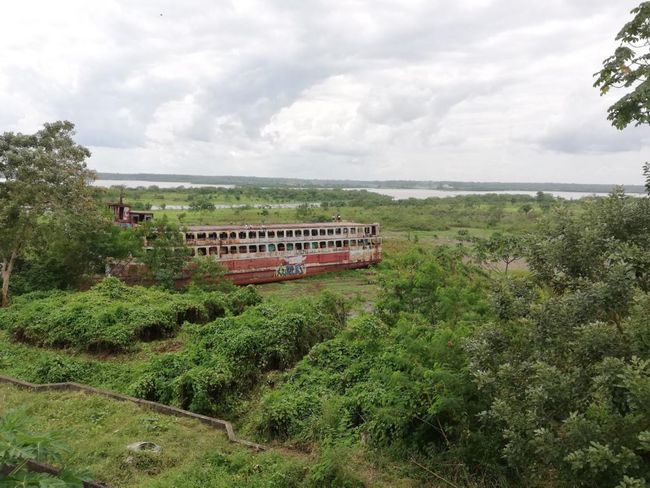
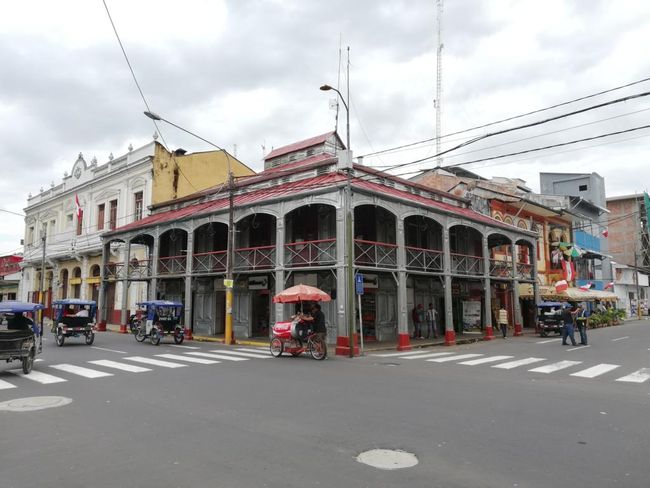
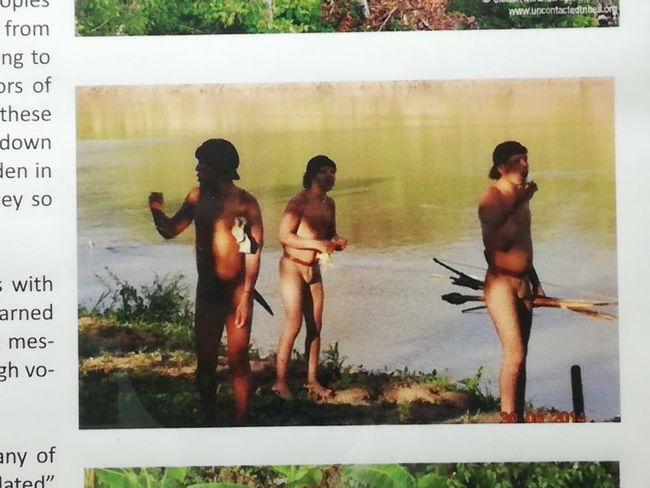
Pretplatite se na Newsletter
As already mentioned, the journey with the "speedboat" from Santa Rosa to Iquitos should take about 10 hours. In fact, it took a good 15 hours, after the boat had already departed 1 hour late. It was absolute horror. The whole thing was like a ride in an uncomfortable coach, although the boat had 2 advantages: 1. I could actually read without getting sick, unlike in the coach. 2. You could smoke in the back of the ship. At least something.
When we finally arrived in Iquitos, it was already dark again. Here too, there was nothing that would come close to a decent harbor. While the passengers had to disembark via a wobbly plank, an Italian fellow traveler said horrified: "This is very dangerous!" Indeed it was, and once again here it felt like people were doing this for the first time.
We grabbed a tuk-tuk and drove to our hostel, where we could finally rest a little. Tuk-tuks are the main means of transport in Iquitos, there are thousands of them.
In Iquitos, we initially had no plans to go into the jungle. For now, we had enough of the jungle. However, this city has some good museums, which was the reason for us to stay here for a few more days.
First, we visited the historical ship museum. The museum is housed on an original steamship from the early days of Amazon navigation. The museum was really well designed, interesting, and educational.
From 1853, the first steamships operated on the Amazon River, revolutionizing and shaping the area. Previously, it was hardly possible to travel upstream. Ports were built, as well as military bases, trade began to flourish, and small towns like Iquitos became big cities and hubs. Iquitos is now the largest city in the world that cannot be reached by road, and is only connected to the rest of civilization by air and rivers.
Especially during the rubber boom, the city's importance increased. The discovery of vulcanization by Charles Goodyear in 1839 led to a huge increase in demand for rubber for the industry in Europe and North America. Soon rubber became an important commodity of industrialization. The rubber was collected in the tropical rainforests of the Amazon from wild rubber trees. The rubber boom was characterized by the extravagant lifestyle of the rubber barons, apparently decadence reached such heights that dirty laundry was sent by ship to London to be washed there. However, the boom only lasted a short time, not even half a century. At the beginning of the 20th century, after an Englishman smuggled 70,000 rubber tree seeds from the Amazon to England. This made it possible to cultivate rubber trees in large plantations in Malaysia, which completely collapsed the demand for wild rubber collected in the Amazon.
Traces of the past glory of those days can still be seen in both Iquitos and Manaus. Typical for Iquitos, for example, are the colorful tiles with which the facades of the old mansions are decorated.
Iquitos is also known for its floating neighborhood of Belen. However, at this time of year, the neighborhood was not floating, but dry. When we wanted to visit the area, we were stopped and warned by some elderly gentlemen that it was not safe for us there. We followed the advice and refrained from visiting. It is a very poor neighborhood and it is actually quite tasteless to stare at the locals there as a tourist attraction.
Instead, we visited a large market that was right in front of the entrance to Belen. And I have to say, although I have been to many more or less appetizing markets in my life, this was definitely the most disgusting market I have ever been to. Apart from the fact that the market smelled really disgusting, there was all kinds of disgusting things there, from beheaded caimans to "shell-less" turtles and skinned monkeys. Disgusting. Unfortunately, we had read that some endangered species are on the typical menu in Iquitos. And Jörg had already been served meat from a peccary in a comedor. I prefer to stick consistently to my chicken.
We also visited the Museum of Indigenous Amazonian Cultures. In the Amazon, there are still some tribes of so-called "voluntary isolated" tribes. These people are completely isolated from the outside world and live a life as it has been for hundreds of years. For some tribes in the Brazil/Peru border region, it is typical that they do not wear clothes. They feed themselves from agriculture and fishing and live in simple huts. Sometimes they also react extremely aggressively and violently when strangers enter their areas.
In the really interesting museum, various tribes and their customs are presented, which occur more or less isolated in the Amazon regions in Brazil, Colombia, Peru, and Bolivia.
In the afternoon, we treated ourselves to a few Pisco Sours on the Malecon in Iquitos.
Now it was time for us to escape the scorching heat of the Amazon. Who would have thought that we would ever look forward to the Peruvian winter?
Off to Lima!
Pretplatite se na Newsletter
Odgovor (1)
Manuela
Ich würde mich über einen Samen des Kautschukbaums freuen......🙂
Izvješća o putovanju Peru

